by Willie D. Jones on (#7250T)
 IEEE Spectrum
IEEE Spectrum
| Link | https://spectrum.ieee.org/ |
| Feed | http://feeds.feedburner.com/IeeeSpectrum |
| Updated | 2025-12-14 20:30 |
 |
by Evan Ackerman on (#724CT)
|
by Kohava Mendelsohn on (#724AA)
Join Stephen Cass, Dina Genkina, and Kohava Mendelsohn as they discuss whether AI spells the end of distinct programming languages as we know it. IEEE Spectrum publishes a respected annual ranking of the year's Top Programming Languages-but could this year be our last? This recording of the live webinar covers how AI is rapidly changing the landscape of programming languages, why knowing the best languages might not be necessary in your career, and what skills you'll need instead. - YouTube
 |
by The University of Sheffield on (#724AB)
|
by W. Patrick McCray on (#72473)
 |
by Evan Ackerman on (#723DZ)
|
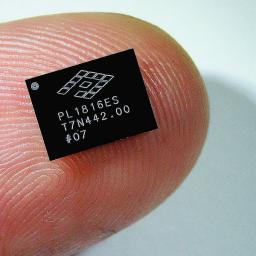 |
by Perri Thaler on (#723E0)
|
 |
by Greg Uyeno on (#723AP)
|
 |
by Voxel51 on (#722SV)
|
 |
by Kathy Pretz on (#722Q6)
|
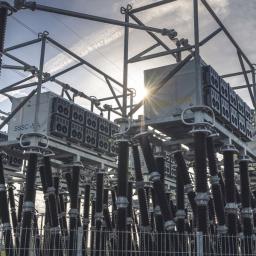 |
by Peter Fairley on (#722GH)
|
 |
by Vanessa Bates Ramirez on (#721QE)
|
 |
by Gwendolyn Rak on (#721QF)
|
 |
by Joanna Goodrich on (#72109)
|
 |
by Suleiman Saka on (#720QK)
|
by The IEEE Foundation on (#71Z72)
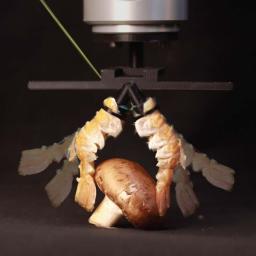 |
by Evan Ackerman on (#71Z28)
|
 |
by Eliza Strickland on (#71YJ6)
|
 |
by Catherine Arnold on (#71YEB)
|
 |
by Drew Robb on (#71XHA)
|
 |
by Willie D. Jones on (#71XHB)
|
 |
by Rahul Pandey on (#71XBJ)
|
 |
by RTDS Technologies on (#71X8E)
|
 |
by Margo Anderson on (#71WSQ)
|
 |
by Harry Goldstein on (#71VVG)
|
 |
by Kathleen Kramer on (#71VRX)
|
 |
by Chetan Rane on (#71VGH)
|
 |
by Allison Marsh on (#71TVY)
|
 |
by Evan Ackerman on (#71TGF)
|
 |
by Stephen Cass on (#71TC7)
|
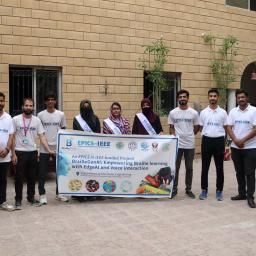 |
by Ashley Moran on (#71T24)
|
 |
by Margo Anderson on (#71T25)
|
 |
by Perri Thaler on (#71S75)
|
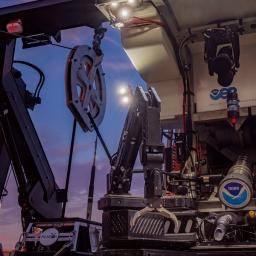 |
by Edd Gent on (#71S4T)
|
 |
by Kathy Pretz on (#71RNB)
|
 |
by Perri Thaler on (#71RJQ)
|
 |
by Christoph Posch on (#71RA7)
|
 |
by David Schneider on (#71QHJ)
|
 |
by Matthew Hutson on (#71QES)
|
 |
by Danielle Davis on (#71PYP)
|
 |
by Robert N. Charette on (#71P0V)
|
 |
by Andrew Moseman on (#71NGZ)
|
 |
by Paul Jones on (#71NFJ)
|
 |
by Alexander Brem on (#71N25)
|
 |
by Evan Ackerman on (#71MXW)
|
 |
by Samuel K. Moore on (#71KXR)
|
 |
by Rahul Pandey on (#71KF6)
|
 |
by Jyssica Schwartz on (#71KCH)
|
by Lawrence Ulrich on (#71K6E)
 |
by Pny Technologies on (#71K6F)
|